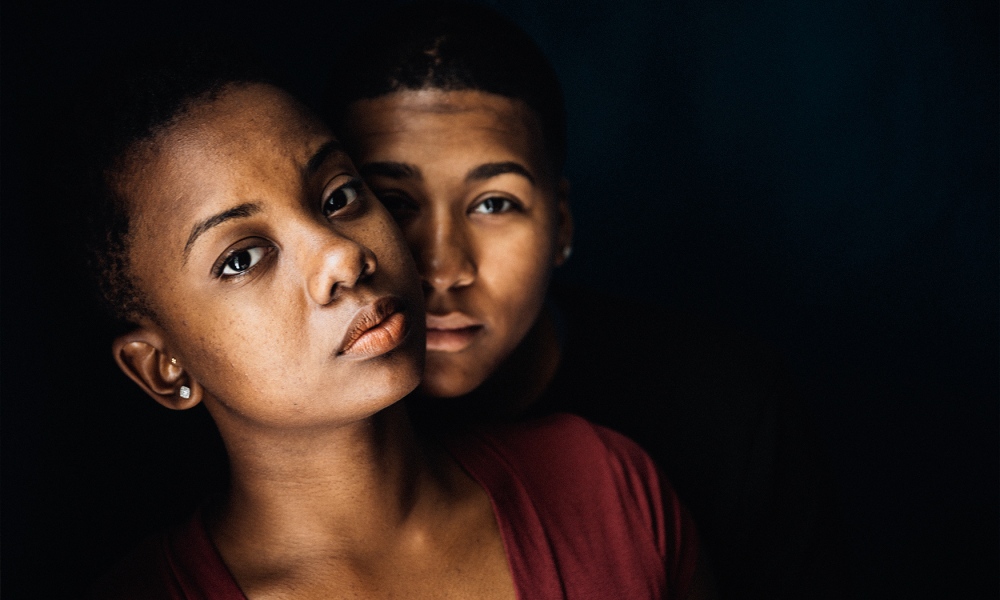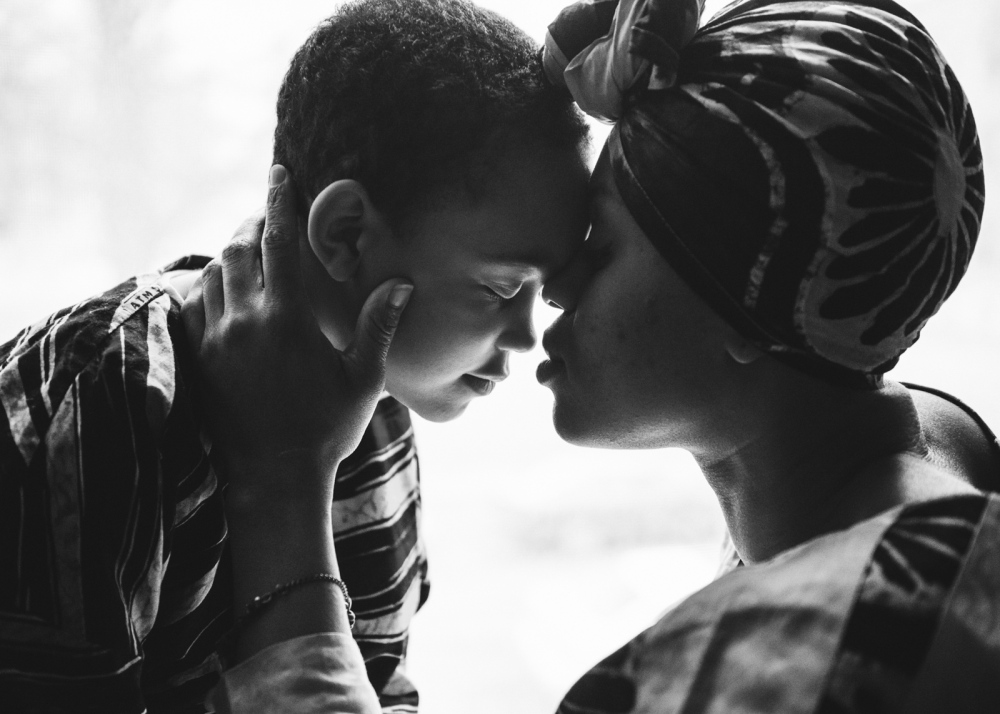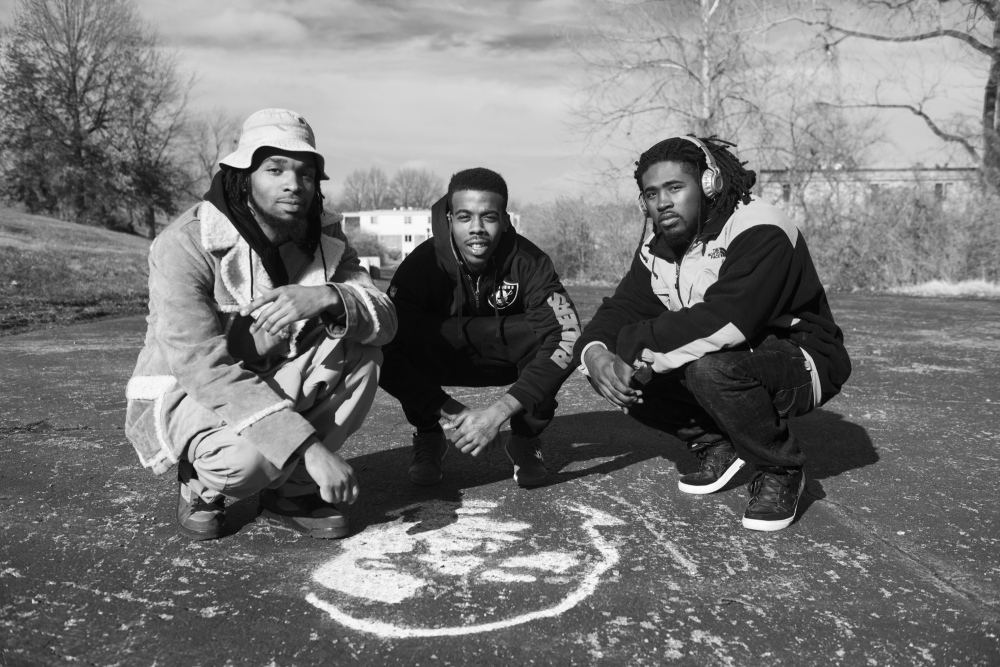Fragments of Ferguson
A series of individual stories told in pictures and words, exploring the real lives behind the public conversation surrounding the death of Michael Brown, Fragments of Ferguson exists to advance both personal and societal understanding of the volatile conversation about race and ethnicity underway in cities all across the country. Perhaps no story is more emblematic of this moment than that of Ferguson, Missouri. As a St. Louis native now living in Los Angeles, Swaty is positioned as the ultimate Insider/Outsider -- one whose perspective includes both the macro and microcosmic experience of the time and place where the story unfolds. "I feel like a St. Louis artist," she says. "My heart lives there."
The shooting of Michael Brown on August 9, 2014 inspired a sustained national civil rights and social justice movement -- starting with #blacklivesmatter and then subsequently #handsupdontshoot, #icantbreathe, and #sayhername, the movement that started in Ferguson turned outrage and resistance to oppression into a political rallying cry.
Fragments of Ferguson recognizes the community of passionate and dedicated individuals who refused to be silent in the face of injustice -- beyond the homicide and humiliation, but the subsequent lack of criminal accountability for Officer Darren Wilson. It takes communities from all walks of life to make change -- activists on the streets and on social media, politicians, lawyers, artists, clergy, writers, musicians, and many more. People young and old are combining forces in the streets, courts, and online. No one can fight injustice alone. We all need allies.
Making big, broad ideas more accessible through the unique combination of visual art and the written word, Swaty's documentary structure combines fine art portraiture with a set of questions whose answers become the captions, pairing moving artistic portraits with perspectives told in their own voices.






































